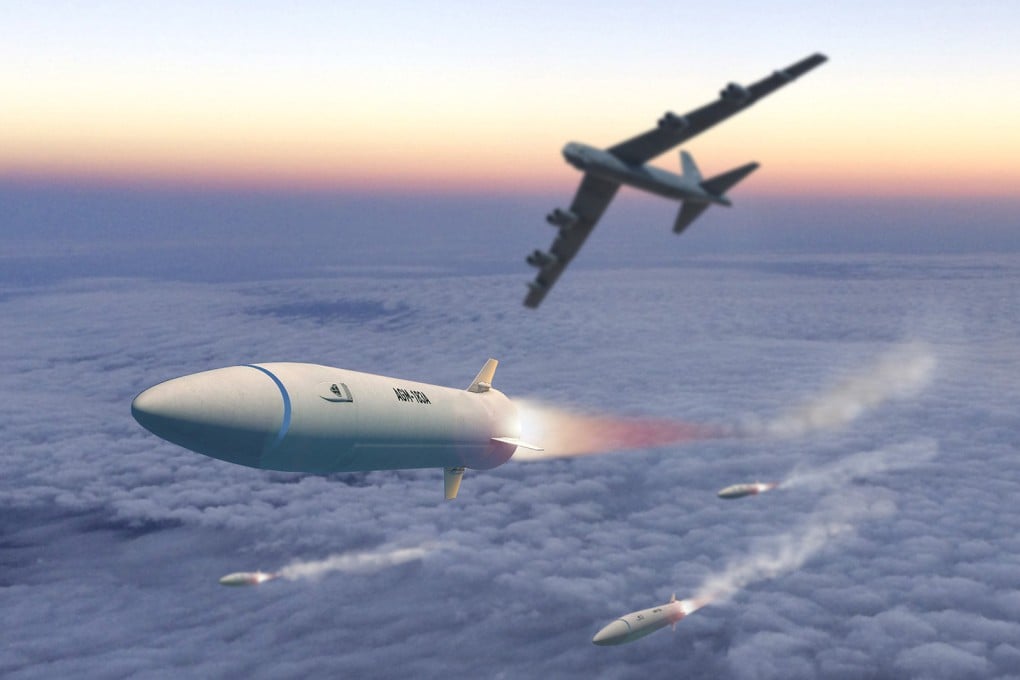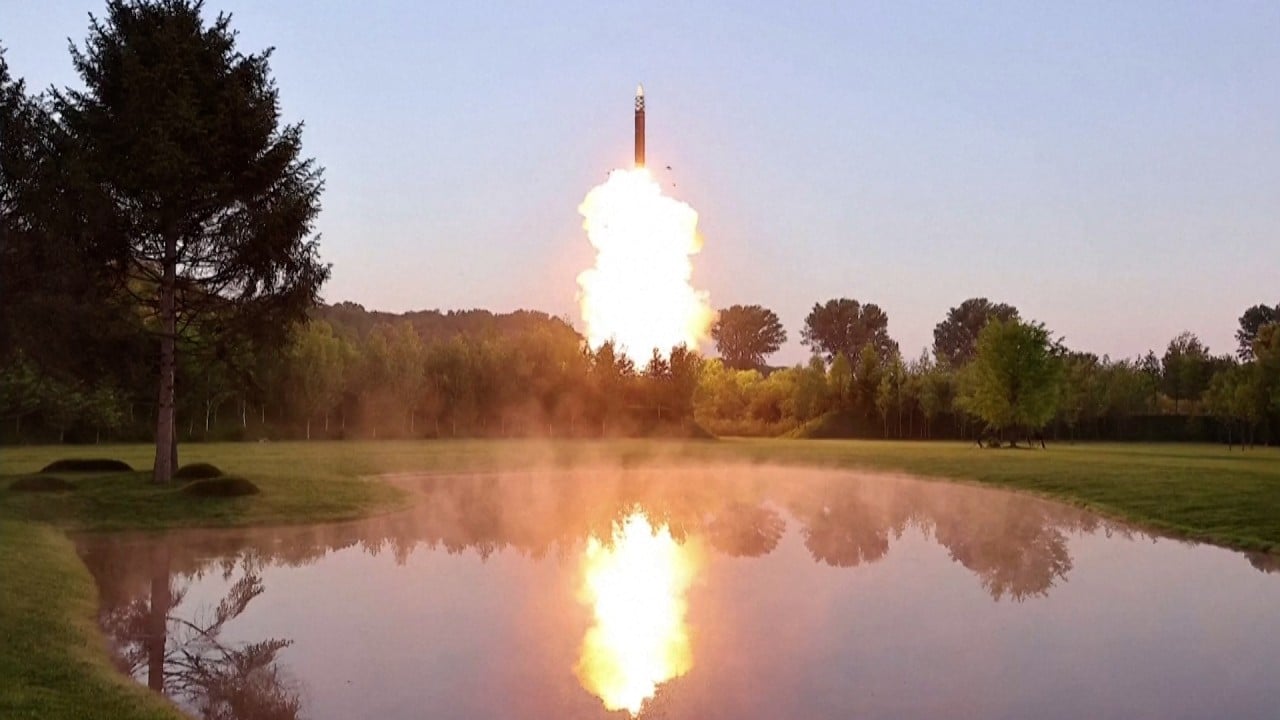China’s new interception radar ‘can track 10 hypersonic missiles at Mach 20’
- New microwave photonic radar boasts detection range of over 600km and can identify false targets, according to paper from Chinese team

The project team led by Zheng Xiaoping, a professor with Tsinghua University’s department of electronic engineering, said it had built a radar capable of tracking 10 incoming hypersonic missiles at Mach 20 with unprecedented precision, and it could also identify false targets.
During ground-based simulations, the new radar showed an error of 28cm (11 inches) in estimating the distance of a missile travelling at nearly 7km (4.3 miles) per second, and it was up to 99.7 per cent accurate when estimating the missile’s speed, the team said of a feat previously thought to be impossible.
Generating and analysing radar signals with precision for measurement requires electrons to move at extremely high speeds, which can potentially burn out the circuit boards.
However, Zheng’s team innovated by incorporating lasers into the radar, enabling information transmission between key nodes to reach the speed of light.
As a result, the radar system could generate and process microwave signals much more complex than before, precisely measuring ultra-high-speed objects for the first time.
This new microwave photonic radar boasts a detection range of over 600km, Zheng and his collaborators from Guangxi University said in a peer-reviewed paper. It was published on May 24 in the Chinese-language journal, Optical Communication Technology.
The microwave photonic radar is small and light, making it suitable for loading on to air-defence missiles or planes. It is considered by some military experts to be key technology for the next generation of fire-control radars.

